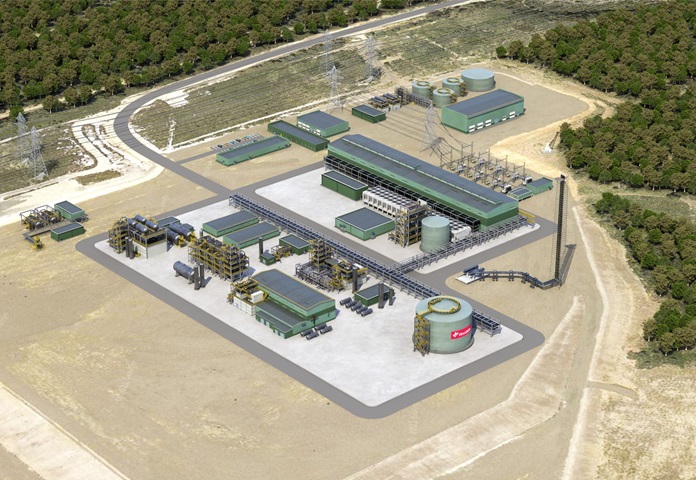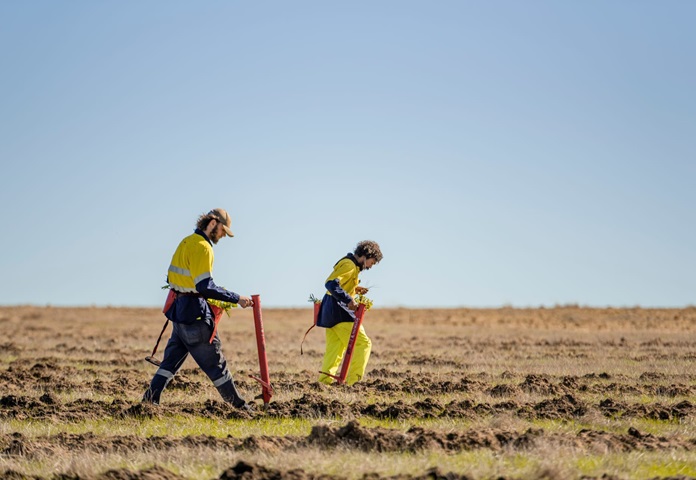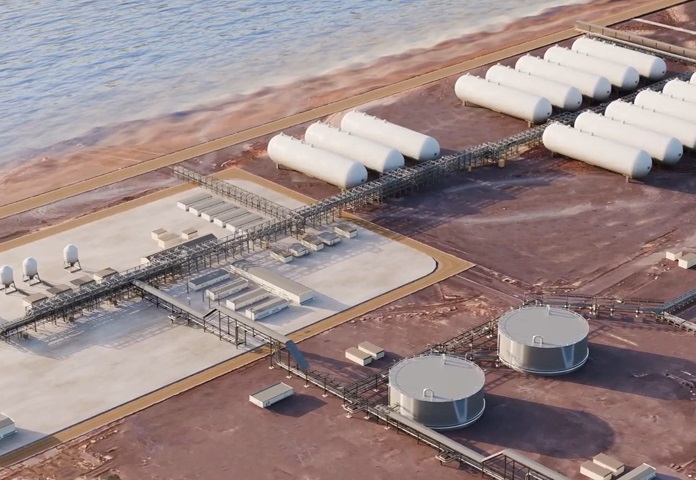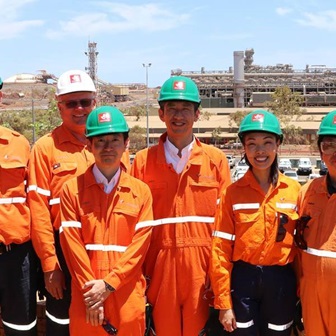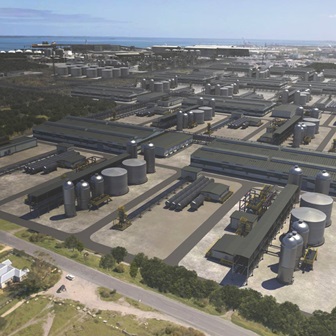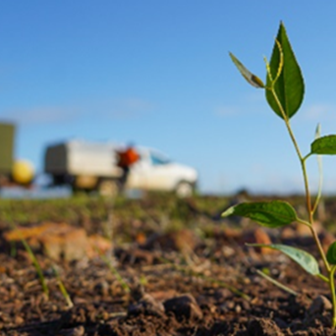
New Energy
Customer-led solutions for the energy transition
Innovating and investing in the global energy transition
As the energy transition progresses, we expect demand to increase for new energy products and lower carbon1 services. Woodside is investing to add these new products and services to our existing portfolio of oil and gas assets, seeking to match the pace, scale and needs of our customers as they determine their own decarbonisation pathways.
How we’re supporting the energy transition
-
US$2.5 billion
Cumulative spend since 2021 on new energy products and lower carbon services. [2][3][4][6]
-
US$5 billion
Targeted investment in new energy products and lower carbon services by 2030. [3][4]
-
5 Mtpa CO2-e
Emissions abatement target to take final investment decision on new energy products and lower-carbon services by 2030. [3][6]
-
1.6 Mtpa CO2-e
Potential customer emissions (Woodside Scope 3) avoidance from Phase 1 Beaumont New Ammonia. [7][8]
The future of energy is constantly evolving with a growing demand for safe, lower carbon,1 affordable and reliable energy.
Today, our portfolio includes a diverse range of oil and gas assets. We’re also developing a portfolio of new energy products and lower carbon services.2
Across our portfolio, we seek to match the pace, scale and needs of our customers as they determine their own decarbonisation pathways. We have a target of US$5 billion investment in new energy products and lower carbon services by 2030.3,4 We also have an emissions abatement target to take final investment decisions on new energy products and lower carbon services by 2030, with total abatement capacity of 5 Mtpa CO2-e.4,5
[1] Woodside uses this term to describe the characteristic of having lower levels of associated potential GHG emissions when compared to historical and/or current conventions or analogues, for example relating to an otherwise similar resource, process, production facility, product or service, or activity.
[2] Cumulative spend against the investment target at the end of 2024 includes 80% of the total $2,350 million for the Beaumont New Ammonia Project acquisition. The remaining 20% will be paid at Project completion.
[3] Includes pre-RFSU spend on new energy products and lower carbon services that can help our customers decarbonise by using these products and services. It is not used to fund reductions of Woodside’s net equity Scope 1 and 2 emissions which are managed separately through asset decarbonisation plans.
[4] Scope 3 targets are subject to commercial arrangements, commercial feasibility, regulatory and Joint Venture approvals, and third-party activities (which may or may not proceed). Individual investment decisions are subject to Woodside’s investment targets. Not guidance. Potentially includes both organic and inorganic investment.
[5] New energy project progress (which includes new energy products and lower carbon services) is subject to commercial arrangements, commercial feasibility, regulatory and Joint Venture approvals, and third party activities (which may or may not proceed). Individual investment decisions are subject to Woodside’s investment targets. Not guidance. Potentially includes both organic and inorganic investment.
[6] Includes binding and non-binding opportunities in the portfolio, subject to commercial arrangements, commercial feasibility, regulatory and Joint Venture approvals, and third party activities (which may or may not proceed). Individual investment decisions are subject to Woodside’s investment targets. Not guidance.
[7] Scope 3 emissions abatement capacity of 1.6 Mtpa CO2-e assumes supply of carbon abated hydrogen and CCS operational. Woodside has made the assumption to estimate the avoided emissions through the displacement of conventional marine fuel. Actual displaced emissions may differ based on actual use case.
[8] The information regarding Beaumont New Ammonia (BNA) in this update does not contain all the underlying context and details that is included in the announcement "Woodside to acquire OCI's Clean Ammonia Project", released 5 August 2024. Refer to the announcement for the full explanation of the underpinning assumptions, uncertainties, and context relevant to BNA. https://www.woodside.com/docs/default-source/asx-announcements/2024/woodside-to-acquire-oci's-clean-ammonia-project.pdf?sfvrsn=cf35e9ed_1.
[9] For Woodside, a lower carbon portfolio is one from which the net equity Scope 1 and 2 greenhouse gas emissions, which includes the use of offsets, are being reduced towards targets, and into which new energy products and lower carbon services are planned to be introduced as a complement to existing and new investments in oil and gas. Our Climate Policy sets out the principles that we believe will assist us achieve this aim.
What do we mean by new energy products and lower carbon services?
Woodside uses the term new energy to describe energy technologies, such as hydrogen or ammonia, that are emerging in scale but which are expected to grow during the energy transition due to having lower greenhouse gas emissions at the point of use than conventional fossil fuels. This may include new energy products that have been manufactured from fossil fuels.
The term lower carbon services is used by Woodside to describe technologies, such as CCUS or offsets that could be used by customers to reduce their net greenhouse gas emissions.

.tmb-keyreport.jpeg?sfvrsn=f63d2d06_1)

.tmb-0.png?sfvrsn=4958d321_2)


Our new energy products and lower carbon services
Hydrogen is the simplest element in the universe. It’s abundant, versatile, and can act as an energy carrier, storing and transporting energy in a usable form from one place to another.
Hydrogen has been recognised as a key option to realise the net zero greenhouse gas emissions commitments that governments have announced in recent years.
Ammonia can be used as a carrier for hydrogen, either to be used directly (as feedstock for chemicals or as a fuel for power generation and maritime transportation) or to be reconverted to hydrogen.
They both offer the potential for decarbonising parts of the energy system where other measures such as direct electrification are more difficult or expensive, including sections of heavy industry and long-distance transport.
[1] Woodside uses this term to describe the characteristic of having lower levels of associated potential GHG emissions when compared to historical and/or current conventions or analogues, for example relating to an otherwise similar resource, process, production facility, product or service, or activity.
[2] Production of lower-carbon ammonia is conditional on supply of carbon abated hydrogen and ExxonMobil’s CCS facility becoming operational.
Some technologies can abate emissions by capturing greenhouse gases and durably storing them out of the atmosphere.
We are developing a portfolio of carbon credits to contribute to the achievement of our net equity Scope 1 and 2 greenhouse gas emissions targets. These also have the potential to be bundled with product sales if customer demand is present, at a scale which is able to be supported.
Woodside, as a participant in various joint ventures, holds five greenhouse gas assessment permits and has entered into three non-binding memoranda of understanding to enable studies of a potential CCS value chain between Japan and Australia.
We are collaborating with research companies as well as assessing opportunities to invest in demonstration-scale pilot projects to test carbon capture and utilisation (CCU) technologies ahead of their potential deployment on a larger-scale.
We are progressing large-scale renewable solar development options to support lower-carbon electricity at scale.
We are progressing the proposed Woodside Solar Project, a solar facility which would initially generate electricity from a large-scale solar photovoltaic farm, complemented by a battery energy storage system
Collaborating to develop demand for new sources of energy
We expect the development of new energy markets to be similar to the development of the LNG industry many years ago, such as in the need for government support and opportunities for collaboration. Like then, we are building relationships across the value chain and aligning solutions to customers with options to match the scale and pace of the energy transition. We have been investing in customer relationships with our traditional LNG buyers and we are extending that to new and emerging customers in new energy.
The latest updates on our new energy projects
Be the first to know about key updates, milestones and achievements on our new energy projects.
.tmb-quote-img.jpg?sfvrsn=1233ab01_4)
Woodside is proud to be a global energy company, supplying the oil and gas that the world needs and working to develop new energy products.
Ann Pickard, Chair of the Sustainability Committee

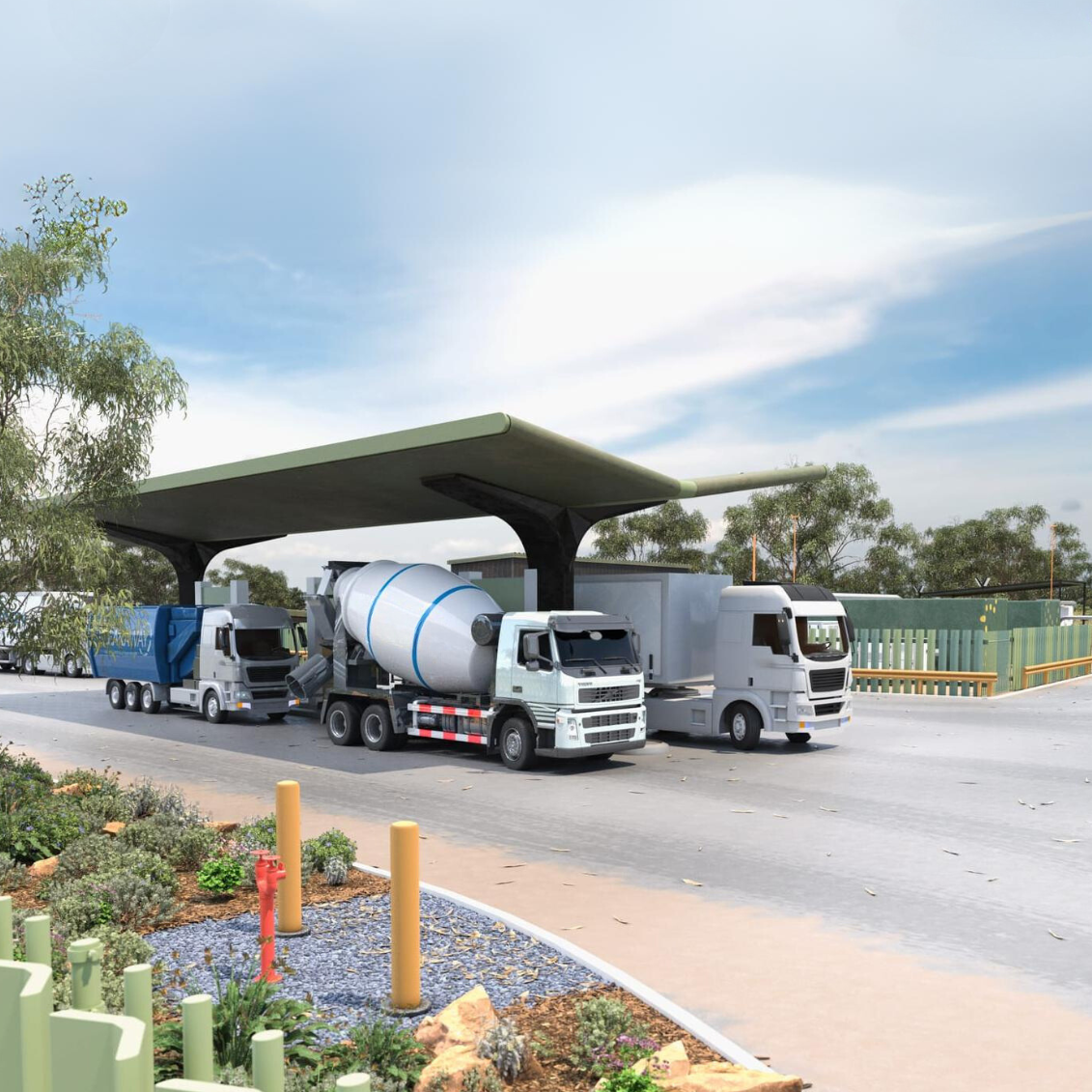
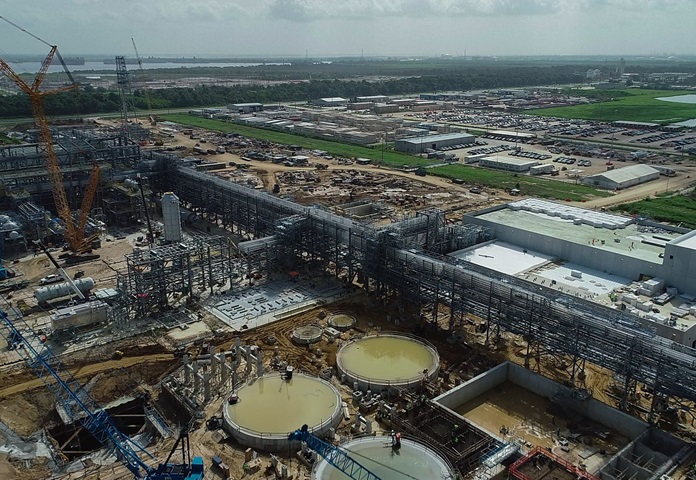
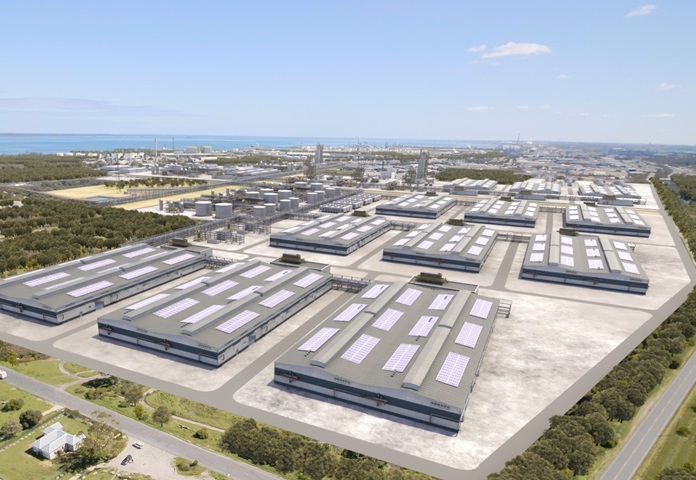
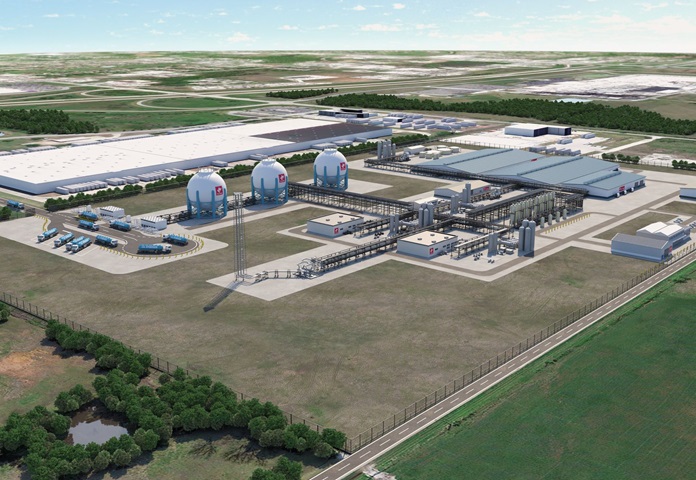
.tmb-v2%20related.jpeg?sfvrsn=f63d2d06_1)
